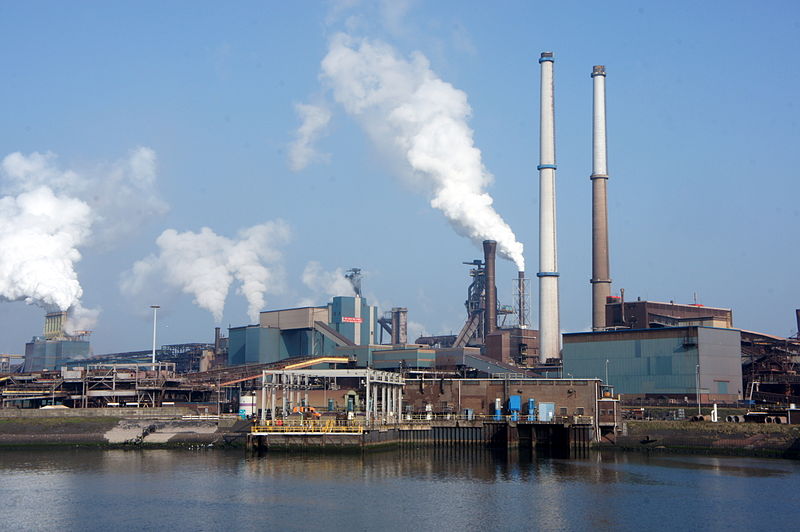The Netherlands – Tata Steel Netherlands is eliminating 800 positions in order to stay profitable and fundamentally competitive.
About 500 workers at Tata Steel will be impacted by the employment decrease. Those in management, staff, and support roles are primarily affected by this. The final 300 jobs that will vanish are related to hiring temporary laborers and not filling open positions. The five-shift system is categorically not altered.
Tata Steel has made every attempt to strengthen its position in the market and save expenses, but more is still required. The actions are also being taken to help the steel company become cleaner, more environmentally friendly, and more circular. Both now and in the upcoming years, significant investments will be made in this. As a result, it’s critical to establish and preserve a strong competitive position as well as the flexibility to react quickly to emerging trends and situations.
Recently, Tata Steel revealed an updated sustainability plan. Tata intends to produce steel using hydrogen and natural gas starting in 2030, albeit on a smaller scale than first suggested.
Modification
Tata currently plans to replace the coal-processing coke factory and blast furnace with one so-called DRP installation and an antiquated kind of electric arc furnace starting in 2030. Tata has to use more scrap as raw material (from 17% to 30%) as a result of that oven.
In addition, Tata plans to cover raw materials such ores starting in 2030 in order to protect locals from dust nuisances. Nitrogen emissions from a so-called DeNOx facility have to be cut by 80% starting in 2025. Tata will require less staff as a result of the modification. The new ovens will require fewer personnel because one of the two coking gas facilities will close before 2030.





